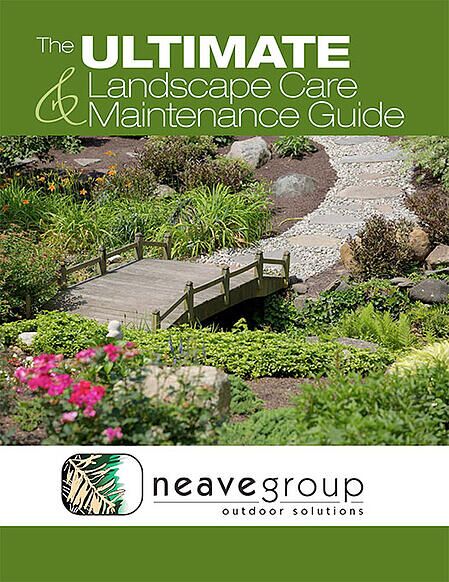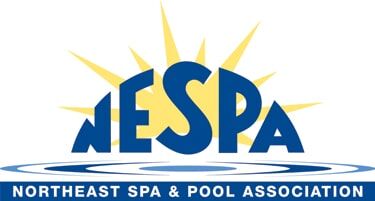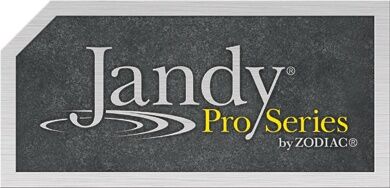If you own a dog, chances are you’ve strolled through your yard heaving heavy sighs as you survey the tell-tale circles of brown, dead grass. Unfortunately for your lawns, dog urine can kill your grass.
You sure do love that pooch. But does she have to pee so much?
Well, yes. Unless you want to outfit her in a little doggie diaper (we’re kidding — you absolutely can’t do that), Poochy is going to urinate somewhere outside.
But there are a few pet-friendly lawn care tips to lessen the dog urine damage on your lovely green lawn.
First, A Bit Of Science About Dog Urine & Grass
When your dog urinates on the grass, she’s depositing concentrated nitrogen and soluble salts onto the turf.
A little nitrogen is good for the grass — nitrogen is in that fertilizer you love that greens up your lawn. But in larger concentrated amounts, it causes ugly yellow or brown dead spots. So you want to reduce the amount of nitrogen coming into contact with the grass. (More on this later.)
Dog feces add surplus nitrogen to lawns, too, but it’s released much more slowly, so it doesn’t cause those ugly spots — think slow-release fertilizer.
Is Dog Urine Killing Your Grass? Or Something Else?
Before you launch into “Operation Dog Pee,” make sure your dog is actually the culprit. Several lawn diseases look like lawn burn from dog urine, causing small brown patches.
Are your brown spots in areas where your dog urinates? Most dogs have a favorite spot or two.
Do a quick “pull test.” Grab a handful of grass in the damaged area. If the grass is firmly rooted, your dog is likely the culprit. If the whole bunch of grass pulls up, roots and all, then you may be dealing with a grub problem.
How To Prevent Dog Urine Spots In Your Lawn — 5 Tips
There are strategies you can use to minimize dog urine spots in your lawn. Some involve location, others involve follow-up.
- Train pets to urinate in a designated non-turf spot in the yard, maybe a spot covered with mulch or gravel. You may even want to include a marking post, such as a bird bath or boulder. Consistency for at least two to three weeks will be necessary to establish routine behavior.
- Heavily water the spot where a dog urinated on the lawn after it happens. This helps to dilute the urine and minimize damage. A watering can, kept nearby, works well.
- “Grass burning” problems are worse when dogs haven’t urinated for a number of hours — like first thing in the morning and when you get home from work. This concentrated urine is very nitrogen rich. Try taking your dog for a walk during these times, instead of letting her outside on the lawn.
- Always provide plenty of fresh, clean water for your pet. The more water Poochy drinks, the more diluted her urine will be. That means less damage to grass.
- You might have heard about modifying your dog’s diet to try to dilute or change the nitrogen content of urine. Always consult a veterinarian before attempting dietary changes. Some “remedies” can actually harm your dog’s health.
Maintain A Strong, Healthy Lawn
In general, maintaining healthy turf through proper fertilization, irrigation and mowing is the best way to ensure good recovery from damage.
Lawns that are suffering from drought, disease, or are newly sodded or seeded are more susceptible to lawn burn.
Be sure the fertilizer and weed killer keeping your lawn healthy is safe for your pets. The lawn care professionals at Neave Group Outdoor Solutions know how to do this, and can tell you what precautions to take with children and pets until the applications have dried.
Badly damaged spots will need to be repaired by reseeding or patching with sod. Keep a bucket of soil and seed mix handy to quickly reseed burned spots.
Consider Building A Dog Run
If the brown spots are really a problem for you, you might consider building a dog run. These enclosures provide a comfy place for dogs to hang out while keeping them from urinating on the lawn.
Portable options are available that you can set up in an afternoon, but they won’t do much for your landscape design. Most are made of chain link fencing and won’t exactly complement your gardens, water features or pretty patio.
A custom-built area for your dog(s) can incorporate the same materials in your landscape. If building a dog run makes sense for your yard, keep these dog run basics in mind:
- Pick the largest spot possible, especially if your dog will be spending a lot of time in the enclosure. Your dog needs plenty of room to run, play and explore without feeling cramped.
- Choose a spot with good drainage so your dog won’t be standing in mud or water if it rains.
- Don’t forget comfort — choose a comfortable ground cover, provide plenty of shade, always have clean drinking water available. Include some of your dog’s favorite toys and a cozy place to lie down for a nap.
- Depending on the height and size of your dog run, you may need to obtain a permit prior to constructing it. Check with your local governing body.
When It’s Time To Consult A Professional
National Pet Week is in May, making this the perfect time to give a bit more thought to our furry friends. How can a pretty lawn and a peppy pooch happily co-exist? The experts at Neave Lawn Care know how to keep your lawn the best it can be. Some of us are dog owners, too, so we know all the tricks.
Our holistic approach to lawn care maintenance means we consider every factor that could affect your lawn — including Poochy.
Not sure how to build a dog run, but you like the idea of it, we can help with that, too. The professionals at Neave Carpentry and the designers at Neave Landscaping can work with you to create the perfect spot for your beloved pooch — one that will blend beautifully with your existing landscape design.
If you’re in the Hudson Valley, call us at (845) 463-0592. If you’re in Westchester County, call (914) 271-7996; from Connecticut, dial (203) 212-4800. Or, fill out our simple web form, and we’ll contact you about setting up your free consultation.
Meanwhile, when those brown spots get you down, just look into your pup’s big, trusting eyes. What a loyal pooch. A few brown spots are a small price to pay for the love of a furry pal.
Images: Dog going, Dog vs. hose























